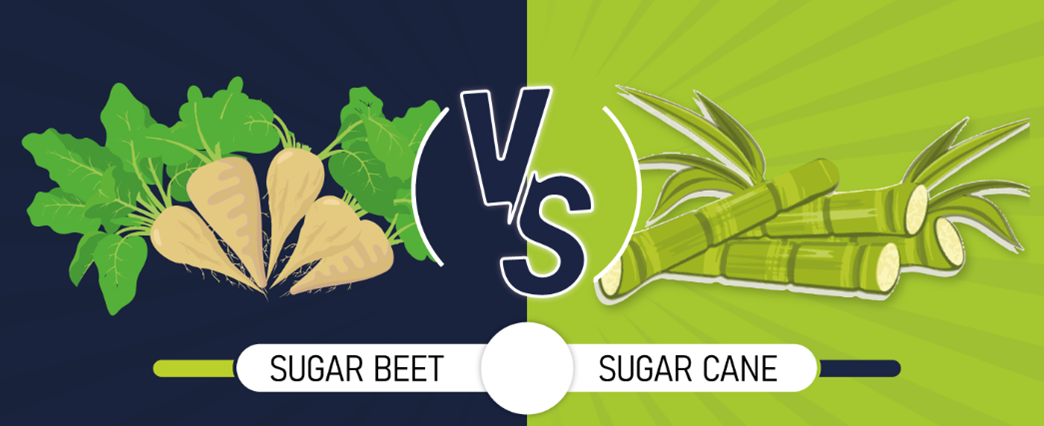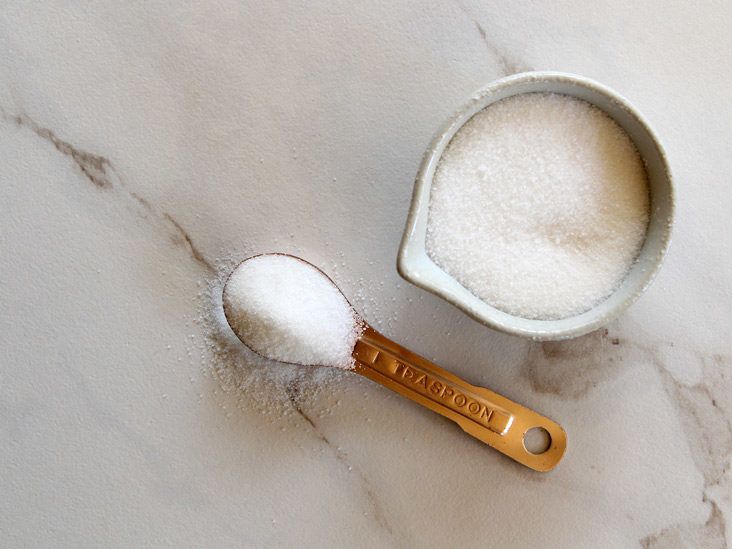Beet Sugar vs Cane Sugar: Which Is Better for Vegan Diets?
Wiki Article
Beet Sugar vs. Cane Sugar: Key Differences You Ought To Know
The distinction between beet sugar and cane sugar prolongs beyond their similar chemical compositions; it encompasses their beginnings, manufacturing methods, and possible health ramifications. While both types of sugar offer as typical sugar, their different histories-- beet sugar emerging in 19th century Europe and cane sugar tracing back to ancient Southeast Asia-- established the stage for a deeper exploration of their production and dietary accounts.Origins of Beet Sugar
Although beet sugar has actually ended up being a significant player in the global sugar market, its origins can be mapped back to the very early 19th century when European researchers began checking out alternate resources of sugar. The turning point took place in 1801 when German chemist Andreas Marggraf identified sugar in the white beet, an exploration that laid the foundation for subsequent study and business applications.The procedure of refining beet sugar was additional advanced by his pupil, Franz Karl Achard, who established the initial beet sugar factory in Prussia in 1806. This innovation accompanied the Napoleonic Wars, throughout which profession interruptions led to a heightened demand for residential sugar manufacturing in Europe. beet sugar vs cane sugar. Because of this, beet sugar gained traction, specifically in nations like France and Germany

Beginnings of Cane Sugar
Cane sugar, acquired from the sugarcane plant, has an abundant history that goes back thousands of years, primarily in exotic areas where the plant flourishes. The earliest proof of sugarcane growing can be mapped to New Guinea and Southeast Asia around 8,000 BCE. From these origins, understanding of sugarcane spread to India, where it was first refined right into crystallized sugar by the fifth century CE.
As profession paths created, sugarcane got to Persia, the Mediterranean, and eventually Europe, where it was originally concerned as a luxury item. The expansion of sugar production occurred throughout the Islamic Golden Age, which promoted the transfer of farming techniques and developments. By the 15th century, the demand for sugar rose, motivating European countries to establish haciendas in the Caribbean and South America.
This change not just transformed the farming landscape of these areas but additionally had substantial socio-economic ramifications, including the dependence on shackled labor. Cane sugar, when an uncommon product, came to be a staple in diet plans worldwide, laying the foundation for the international sugar market we recognize today. Comprehending its origins is critical for valuing cane sugar's impact on culinary customs and economies.
Manufacturing Processes
The production processes for both beet sugar and cane sugar include several vital steps that change raw products right into the crystalline sweeteners commonly used today. For beet sugar, the procedure begins with gathering sugar beetss, which are then washed and cut right into thin cossettes. These cossettes go through warm water extraction, allowing the sugar to liquify. The resulting juice undertakes purification, normally including lime and carbon dioxide therapy to remove pollutants. The clarified juice is after that focused through dissipation, and formation happens as the syrup cools down. The sugar crystals are separated from the molasses and dried out.In contrast, cane sugar manufacturing begins with the harvesting of sugarcane, which is squashed to draw out the juice. While both share similarities, the source material and certain approaches result in distinct attributes for beet and cane sugars, affecting the preferences of suppliers and customers alike.
Nutritional Contrast
When contrasting the dietary profiles of beet sugar and cane sugar, it is vital to identify that both sugar are mostly composed of sucrose, leading to similar energy web content and calorie values (beet sugar vs cane sugar). Both sorts of go to this site sugar commonly have regarding 4 calories per gram, making them comparable in terms of energy stipulationAlong with sucrose, both beet and cane sugars have trace quantities of vitamins and minerals; nonetheless, these amounts are minimal and do not dramatically add to everyday dietary demands. Both might have minute levels of potassium, calcium, and magnesium, yet these are not present in sufficient amounts to provide any type of considerable health and wellness advantages.
Additionally, the lack of fiber in both types of sugar underscores their duty as pure sugar instead than resources of nutrition. beet sugar vs cane sugar. While they may supply a quick source of power, their lack of important nutrients stresses the importance of small amounts in intake
Ultimately, from a simply nutritional viewpoint, beet sugar and cane sugar are virtually indistinguishable, making the choice in between the 2 mostly depending on elements such as taste choice, accessibility, and ecological factors to consider.
Wellness Ramifications
While beet sugar and cane sugar share comparable nutritional accounts, their wellness effects warrant consideration beyond simple composition. Both sugars are mainly made up of sucrose, which can bring about similar metabolic impacts; excessive consumption can contribute to obesity, diabetic issues, and heart diseases. The resource image source and manufacturing processes of these sugars may influence their total wellness effect.Beet sugar is typically produced making use of debatable chemicals, such as phosphoric acid, which may leave trace residues. In contrast, cane sugar undertakes an extra traditional refining procedure, which has a tendency to be much less chemical-intensive. The visibility of these residues in beet sugar could increase worries for delicate populaces or those seeking to decrease chemical exposure.

In addition, the cultivation practices of sugar beetss and sugar cane may vary, with the former commonly including more extensive farming methods that can affect dirt wellness and biodiversity. This agricultural context might influence the wider health effects company website of sugar intake on a populace level.
Eventually, while both beet and cane sugars serve similar duties in the diet, consumers must consider the nuances of production and sourcing when making informed selections concerning their sugar consumption.
Final Thought

While both types of sugar offer as typical sugar, their different backgrounds-- beet sugar emerging in 19th century Europe and cane sugar mapping back to ancient Southeast Asia-- established the stage for a much deeper expedition of their production processes and nutritional accounts.The procedure of refining beet sugar was further advanced by his student, Franz Karl Achard, that developed the very first beet sugar manufacturing facility in Prussia in 1806.The manufacturing processes for both beet sugar and cane sugar entail numerous essential actions that change raw products into the crystalline sugar frequently made use of today. For beet sugar, the procedure starts with gathering sugar beetss, which are then cleaned and cut right into thin cossettes. The extraction processes further differentiate the 2, with beet sugar utilizing warm water removal and cane sugar including squashing.
Report this wiki page